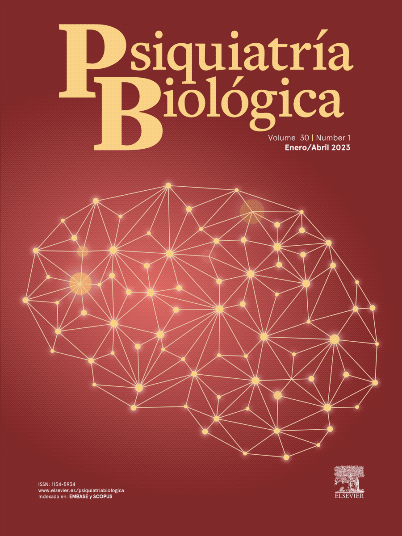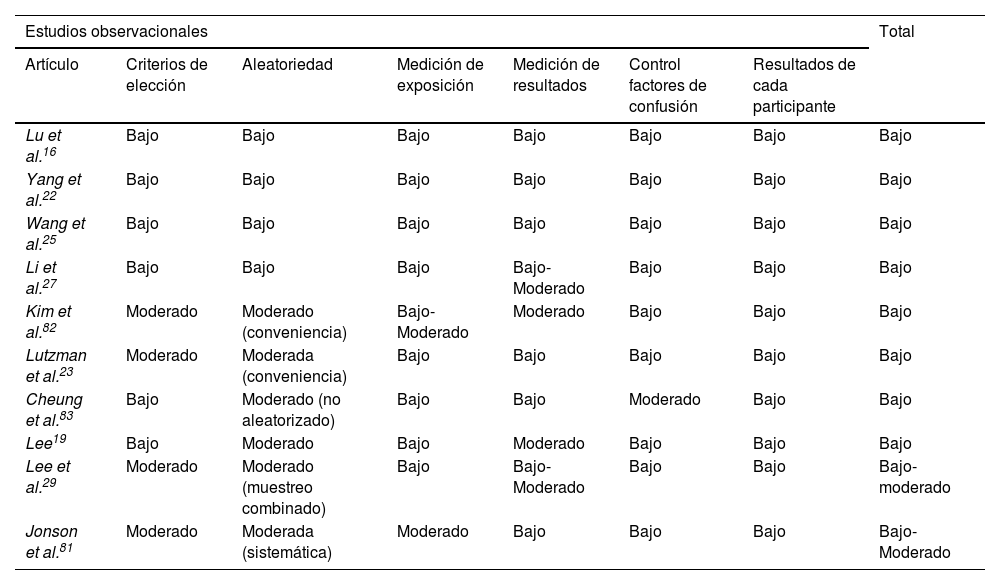La esperanza de vida en la población mayor está en constante aumento, al igual que la incidencia de la soledad. Este fenómeno en esta población puede manifestarse objetiva o subjetivamente y persistir en el tiempo, aumentando el riesgo de problemas de salud física y psicológica, incluyendo la ideación suicida y su consumación.
DesarrolloEl objetivo de esta revisión sistemática ha sido analizar el impacto de la soledad, tanto objetiva como subjetiva, como factor de riesgo del suicidio en personas mayores de 60 años. Se realizaron búsquedas en las bases de datos electrónicas de PubMed, PsycInfo, Web of Science y EMBASE y se revisó la evidencia siguiendo los criterios PRISMA. De los 1.335 artículos registrados, se seleccionaron 15 que cumplieron con los criterios de inclusión.
ConclusionesLos resultados obtenidos indican que la ideación suicida en este grupo oscila entre el 5,1 y 42%, que el sentimiento de soledad fluctúa entre el 1,6 y 42,16% y que las personas que viven solas muestran una mayor propensión a la ideación suicida. La relación entre soledad y suicidio fue significativa (p < 0,001) en la mayoría de los estudios, identificando la soledad como un factor de riesgo. El apoyo social, una de las variables analizadas, se evidenció como un factor protector.
Life expectancy in the elderly population is constantly increasing, as is the incidence of loneliness. This phenomenon in this population can manifest itself objectively or subjectively and persist over time, increasing the risk of physical and psychological health problems, including suicidal ideation and its consummation.
DevelopmentThe aim of this systematic review was to analyze the impact of loneliness, both objective and subjective, as a risk factor for suicide in people over 60 years of age. The electronic databases of PubMed, PsycInfo, Web of Science and EMBASE were searched and the evidence was reviewed following the PRISMA criteria. Of the 1,335 articles registered, 15 were selected that met the inclusion criteria.
ConclusionsThe results obtained indicate that suicidal ideation in this group ranges between 5’1% and 42%, that the feeling of loneliness fluctuates between 1’6% and 42’16% and that people living alone show a greater propensity to suicidal ideation. The relationship between loneliness and suicide was significant (p < 0.001) in most studies, identifying loneliness as a risk factor. Social support, one of the variables analyzed, was shown to be a protective factor.
Artículo
Comprando el artículo el PDF del mismo podrá ser descargado
Precio 19,34 €
Comprar ahora











